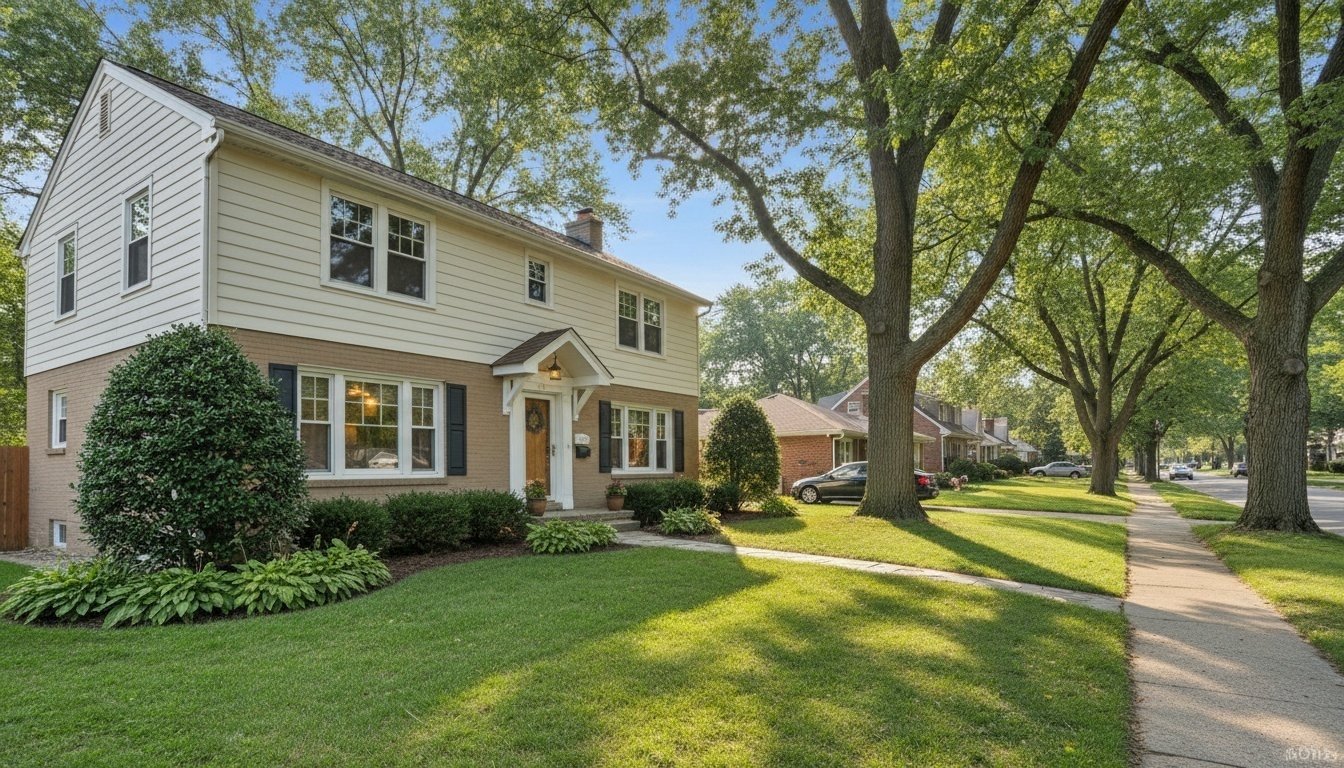It's important to stay ahead of market trends as a real estate agent or investor. This information can provide valuable insights for strategic planning and investment decisions. In this article, we will explore the top 5 fastest-growing states, as ranked by U.S. News, discussing the pros and cons of living in each, along with essential census data to help you make informed decisions.
1. Idaho
Change in Population (2020-2023): 6.8%
Key Statistics:
- Total population: 1,839,106
- Fastest growing cities: Star, Nampa, Post Falls
- Median household income: $72,785
- Median age: 37
- Median home price: $470,000
- Median rent: $1,548

Photo by Alden Skeie on Unsplash
Idaho, known for its rugged natural beauty and abundant outdoor recreational opportunities, is ranked as the #1 fastest-growing city in the U.S. The state's appealing lifestyle, coupled with its relatively low cost of living and strong job market, particularly in technology and agriculture, makes it an attractive choice for families and professionals alike. However, the rapid population growth is driving up housing costs, with a median home price of $470,000 and a median rent of $1,548.
Pros of living in Idaho:
- Natural beauty: Boasts stunning landscapes, from mountains to lakes.
- Outdoor activities: Excellent opportunities for hiking, skiing, and fishing.
- Low crime rates: Known for its safety and family-friendly communities.
Cons to living in Idaho:
- Limited urban amenities: Fewer large cities and cultural amenities compared to other states.
- Winter weather: Harsh winters in some areas can be challenging.
- Rising home prices: Rapid population growth has driven up real estate prices.
2. Florida
Change in Population (2020-2023): 5.0%
Key Statistics:
- Fastest growing cities: North Port, Port St. Lucie, Cape Coral
- Total population: 21,538,187
- Median household income: $69,303
- Median age: 42
- Median home price: $402,000
- Median rent: $2,095

Photo by Denys Kostyuchenko on Unsplash
Florida continues to attract new residents due to its warm climate, lack of state income tax, and vibrant cultural scene. The state offers a mix of bustling urban centers, charming small towns, and scenic coastal communities. The tourism industry and a growing tech sector contribute to a robust job market. However, the high cost of living, particularly for renters, and the risk of natural disasters like hurricanes are significant considerations for potential residents.
Pros of living in Florida:
- Warm climate: Florida's weather is a major draw, especially for retirees.
- No state income tax: Attractive for both individuals and businesses.
- Tourism and entertainment: A plethora of recreational activities and attractions.
Cons to Living in Florida:
- High cost of living: Especially in coastal and metropolitan areas.
- Natural disasters: Vulnerable to hurricanes and tropical storms.
- Dangerous wildlife: Bufo toads and alligators pose a risk, especially to pets.
3. South Carolina
Change in Population (2020-2023): 5.0%
Key Statistics:
- Fastest growing cities: Fort Mill, Charleston, Myrtle Beach
- Total population: 5,118,425
- Median household income: $64,115
- Median age: 40
- Median home price: $371,000
- Median rent: $1,519
.jpg?width=2100&height=1099&name=Untitled%20design%20(22).jpg)
Photo by Leo Heisenberg on Unsplash
South Carolina is experiencing significant growth, particularly in its coastal and suburban areas. Known for its rich history, picturesque landscapes, and warm Southern hospitality, the state is an attractive destination for both retirees and young families. The expanding job market, especially in technology and manufacturing, is another draw. However, the state faces challenges such as hurricane risks and relatively high crime rates in some areas. Real estate is relatively affordable, with a median home price of $371,000 and a median rent of $1,519.
Pros of living in South Carolina:
- Historic charm: Rich history and beautiful architecture.
- Mild climate: Favorable weather with mild winters and warm summers.
- Growing job market: Especially in technology and manufacturing sectors.
Cons to living in South Carolina:
- Hurricane risk: Coastal areas are prone to hurricanes.
- Traffic congestion: Increased population and limited public transportation have led to more traffic, particularly around cities.
- Crime rates: Ranked 8th highest crime rating in the country.
4. Texas
Change in Population (2020-2023): 4.7%
Key Statistics:
- Fastest growing cities: Georgetown, Kyle, Leander
- Total population: 29,145,505
- Median household income: $72,284
- Median age: 35
- Median home price: $348,000
- Median rent: $1,430
.jpg?width=2100&height=1099&name=Untitled%20design%20(23).jpg)
Photo by Vivian Arcidiacono on Unsplash
Texas, known for its economic vitality and cultural diversity, remains a top choice for new residents. The state's large size means a variety of living environments, from vibrant urban centers to peaceful rural areas. Texas offers no state income tax, a strong job market, and a relatively affordable cost of living. However, the state also contends with extreme weather, high property taxes, and traffic congestion in major cities.
Pros of living in Texas:
- Economic growth: Robust economy with diverse job opportunities.
- No state income tax: Financially beneficial for residents and businesses.
- Cultural diversity: A rich blend of cultures and communities.
Cons to living in Texas:
- Extreme weather: High summer temperatures and occasional severe storms.
- High property taxes: The average property tax rate is 1.81%
- Traffic issues: Increasing congestion in major cities.
5. Montana
Change in Population (2020-2023): 4.5%
Key Statistics:
- Fastest growing cities: Belgrade, Bozeman, Kalispell
- Total population: 1,084,225
- Median household income: $67,631
- Median age: 40
- Median home price: $530,000
- Median rent: $1,795
.jpg?width=2100&height=1099&name=Untitled%20design%20(24).jpg)
Photo by Steven Cordes on Unsplash
Montana, with its stunning natural landscapes and low population density, is increasingly attracting new residents seeking a quieter, more spacious way of life. With a total population of 1,084,225, Montana is seeing growth in cities like Belgrade, Bozeman, and Kalispell. The state is known for its outdoor recreational opportunities, including hiking, fishing, and skiing. However, Montana also faces challenges such as harsh winters and a limited job market, which can impact potential residents and investors.
Pros of living in Montana:
- Scenic beauty: Majestic mountains and open spaces.
- Outdoor recreation: Ideal for hiking, fishing, and skiing.
- Low population density: Spacious living with less crowding.
Cons to living in Montana:
- Harsh winters: Long, cold winters can be challenging.
- Limited job market: Fewer employment opportunities compared to more urbanized states.
- Higher real estate prices: Especially in popular areas like Bozeman.
For real estate professionals, these fast-growing states represent both opportunities and challenges. By understanding the dynamics of each state, including demographic trends, economic factors, and lifestyle considerations, you can better advise clients and make informed investment decisions. Keep these insights in mind as you explore the promising markets within Idaho, Florida, South Carolina, Texas, and Montana.


